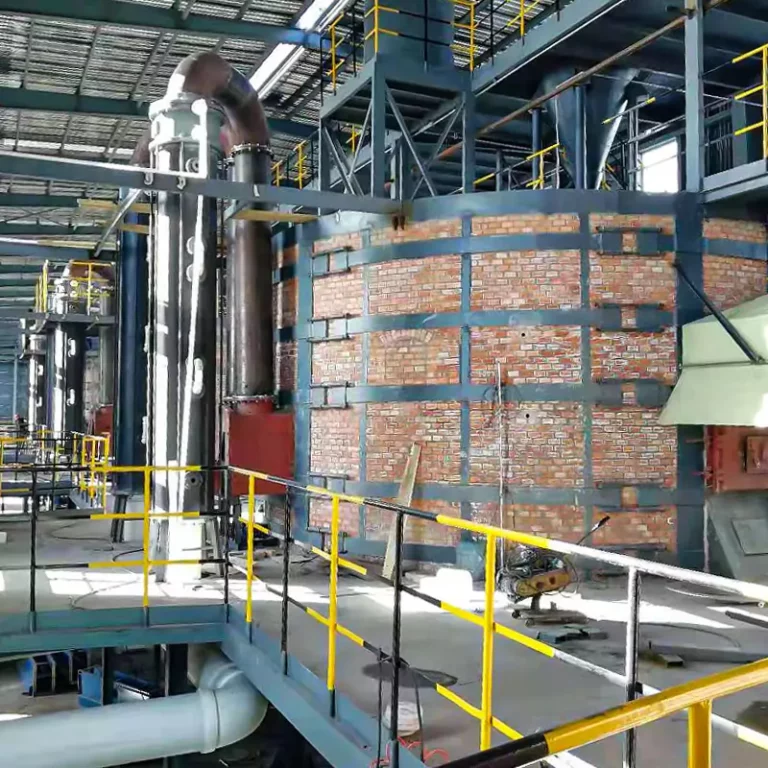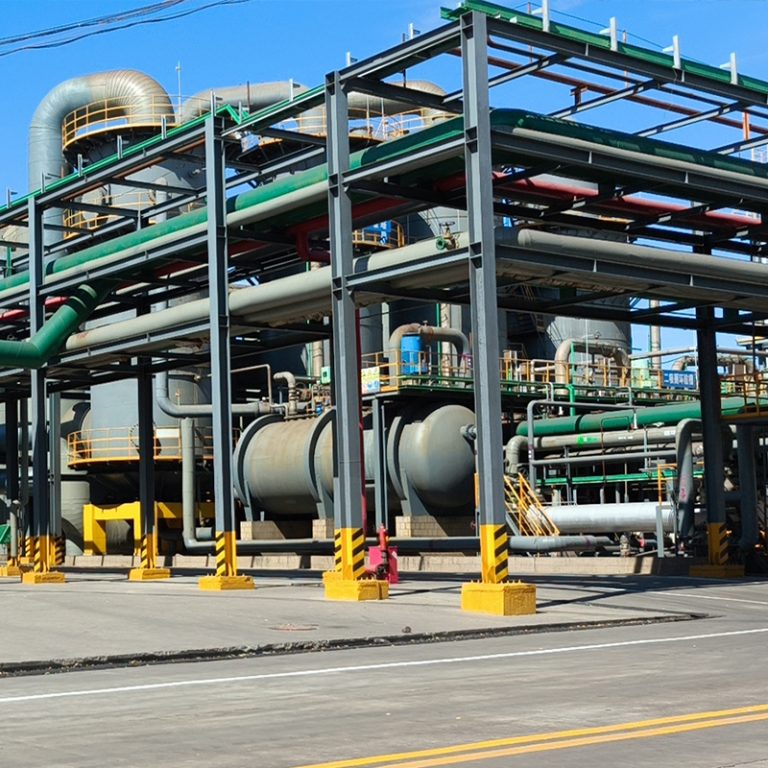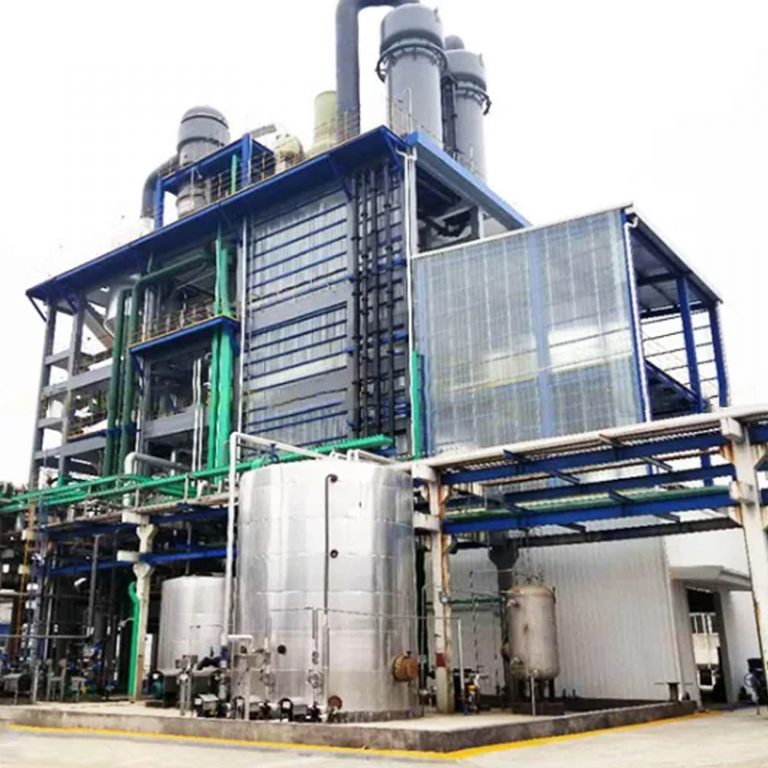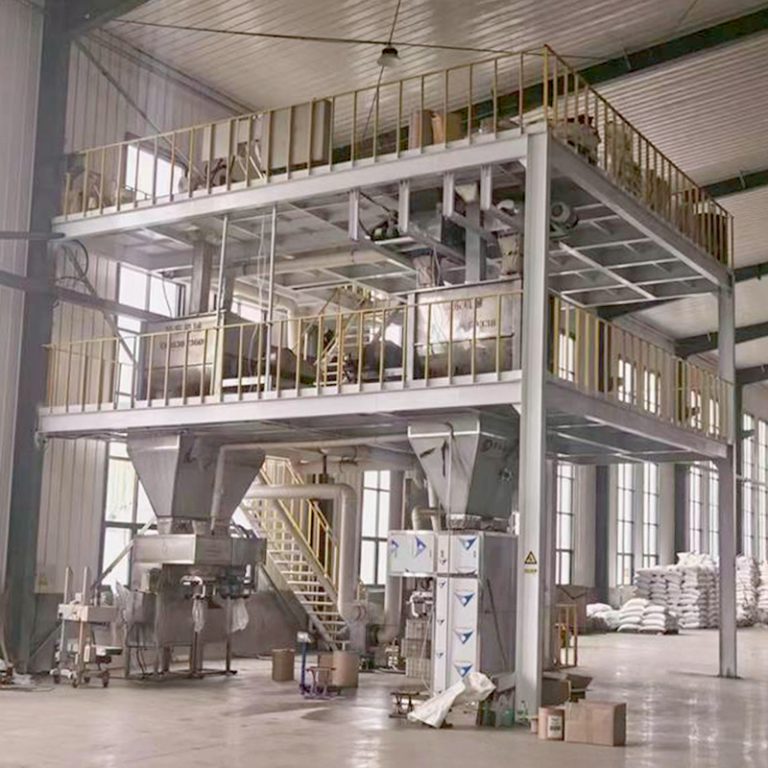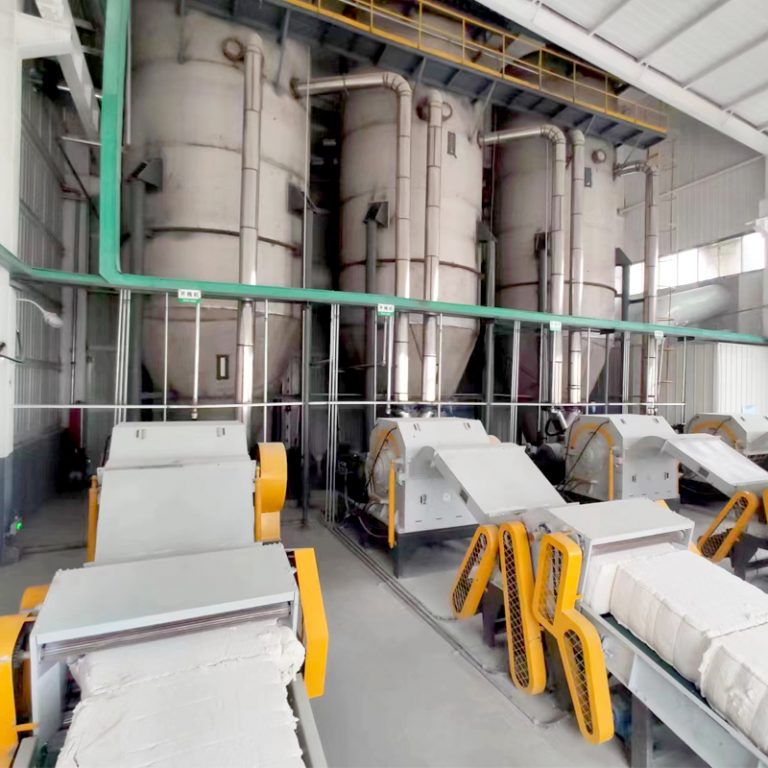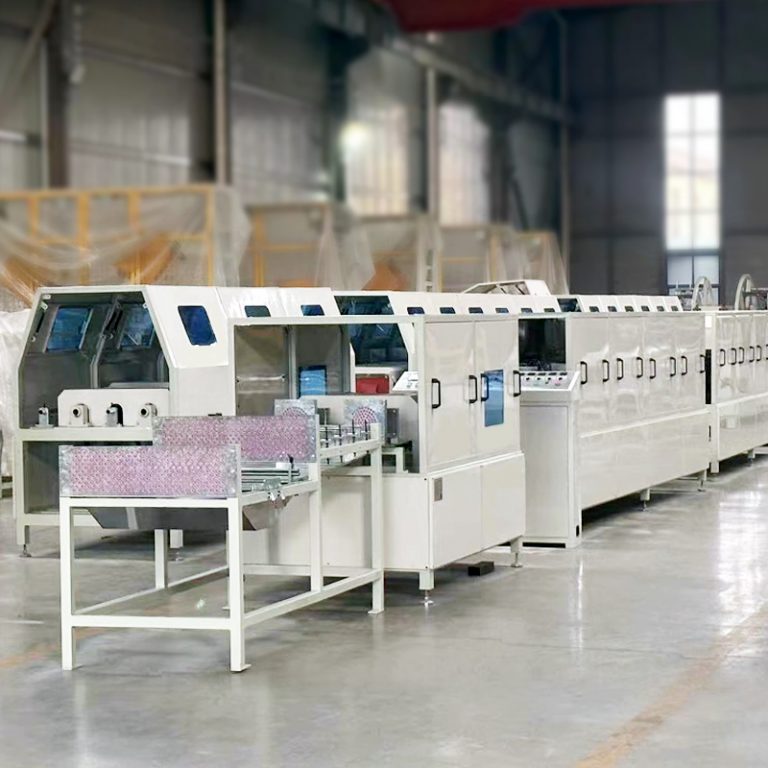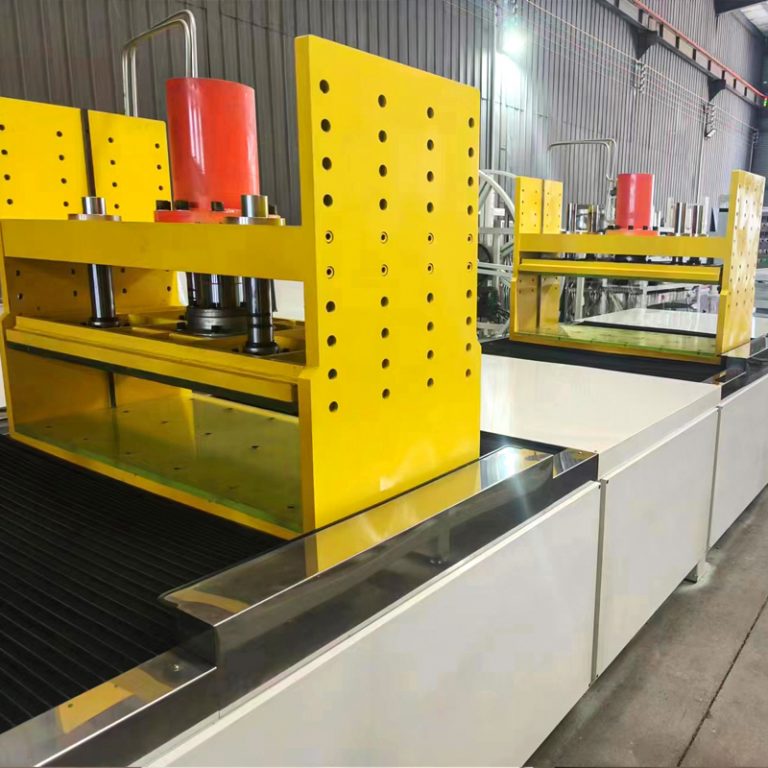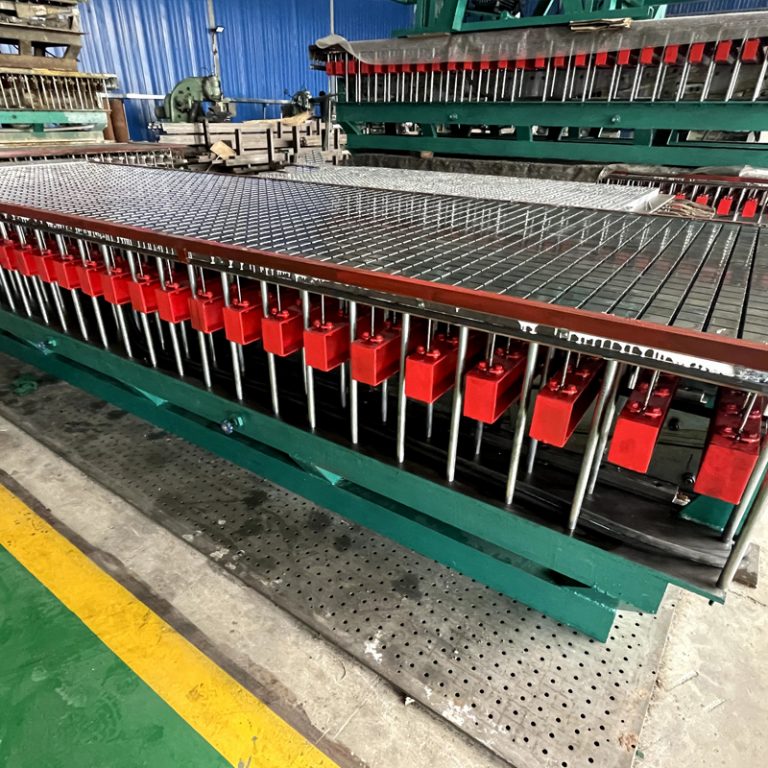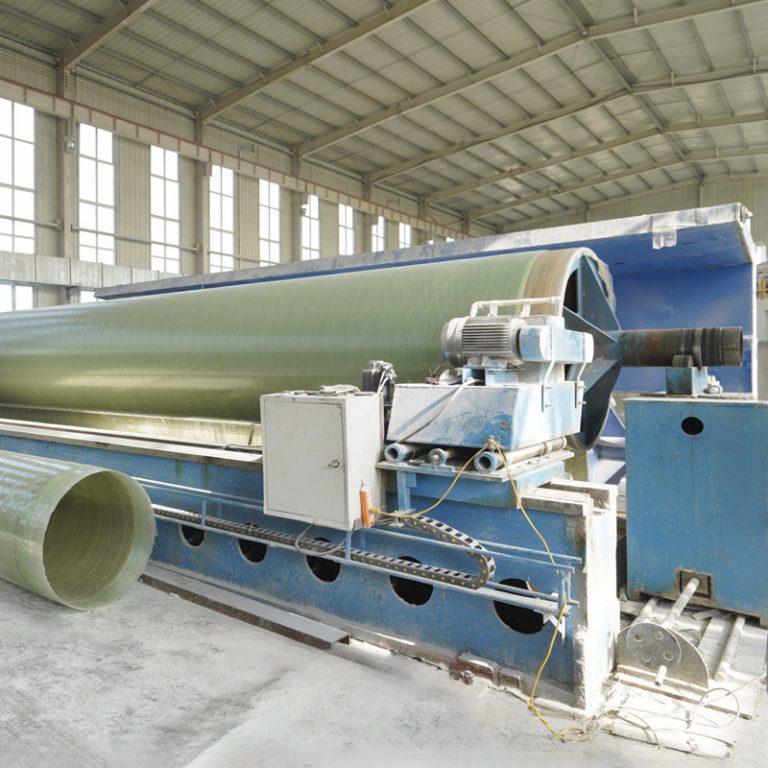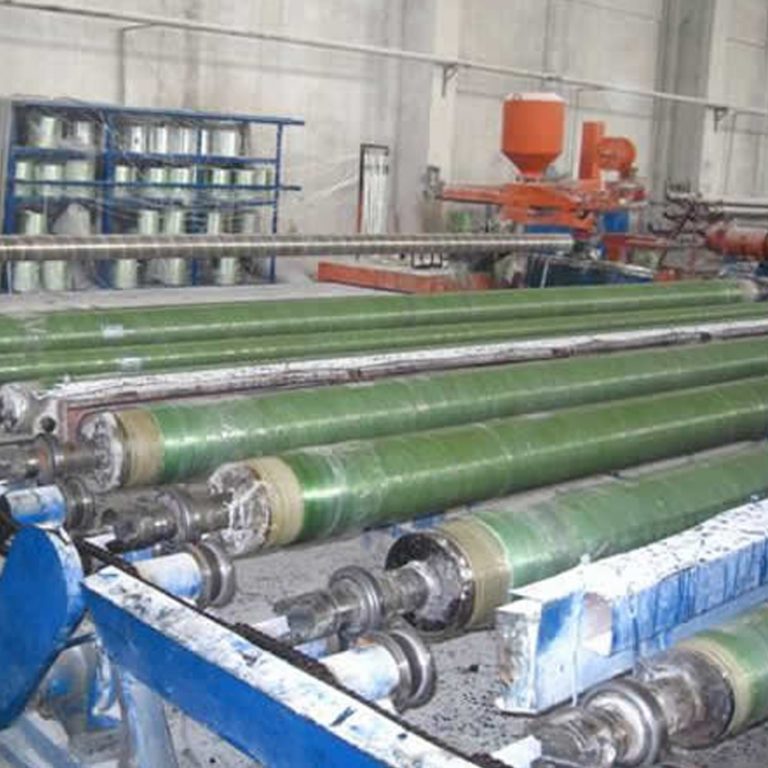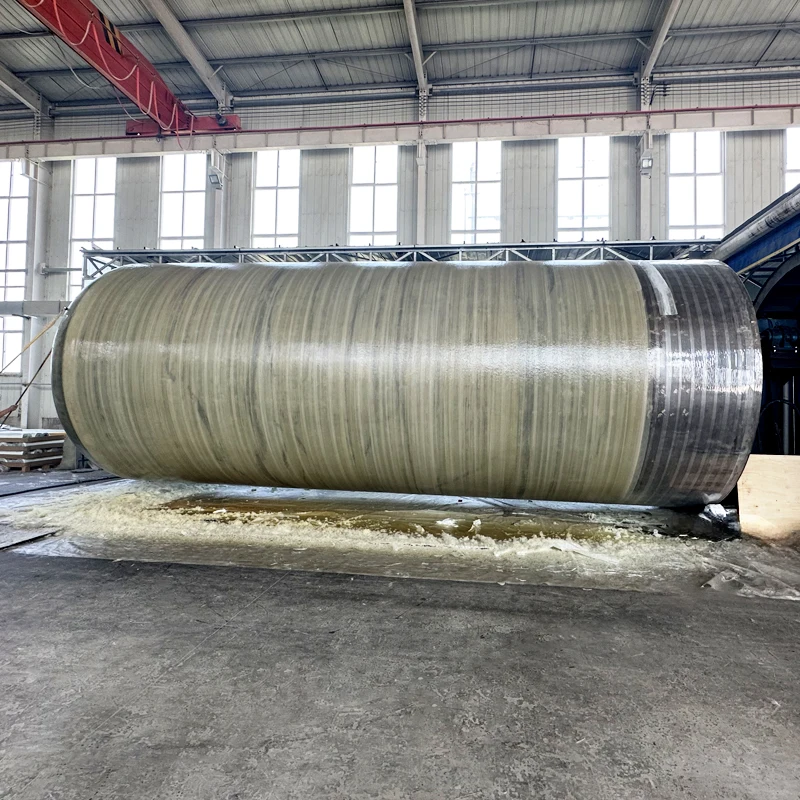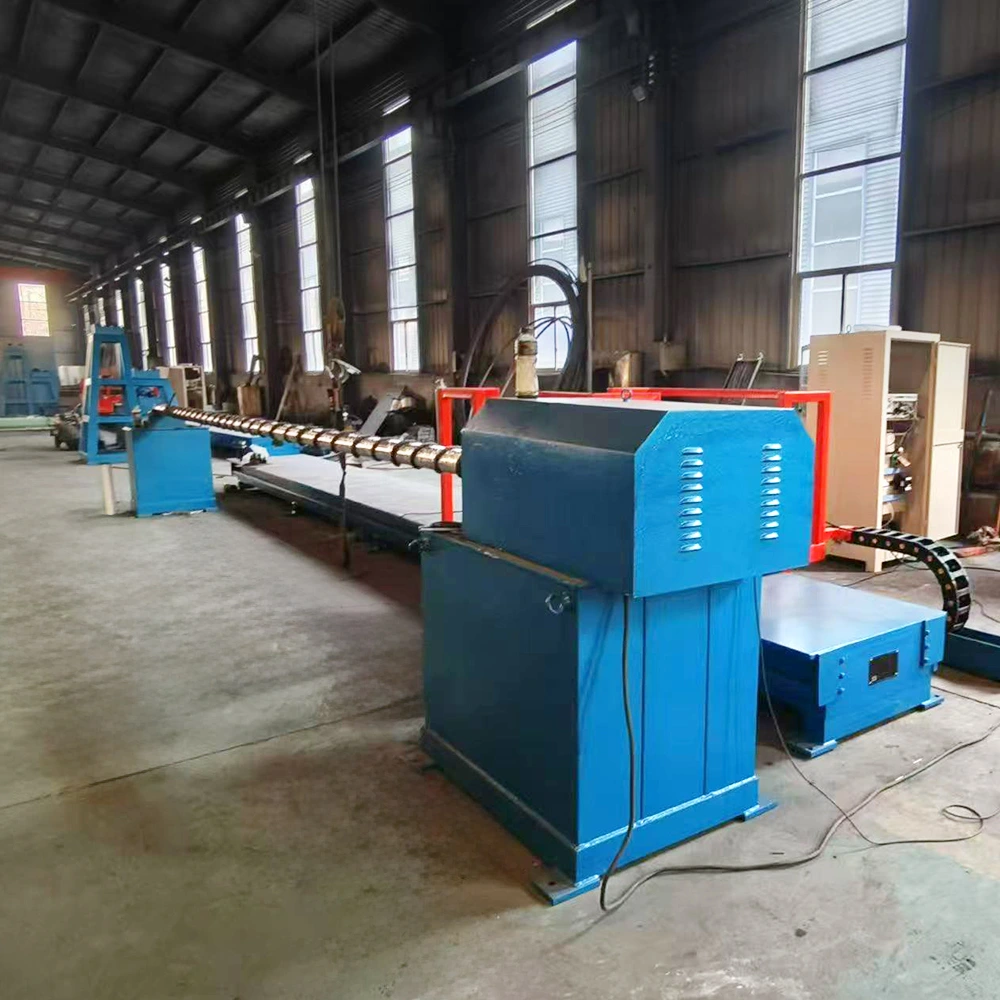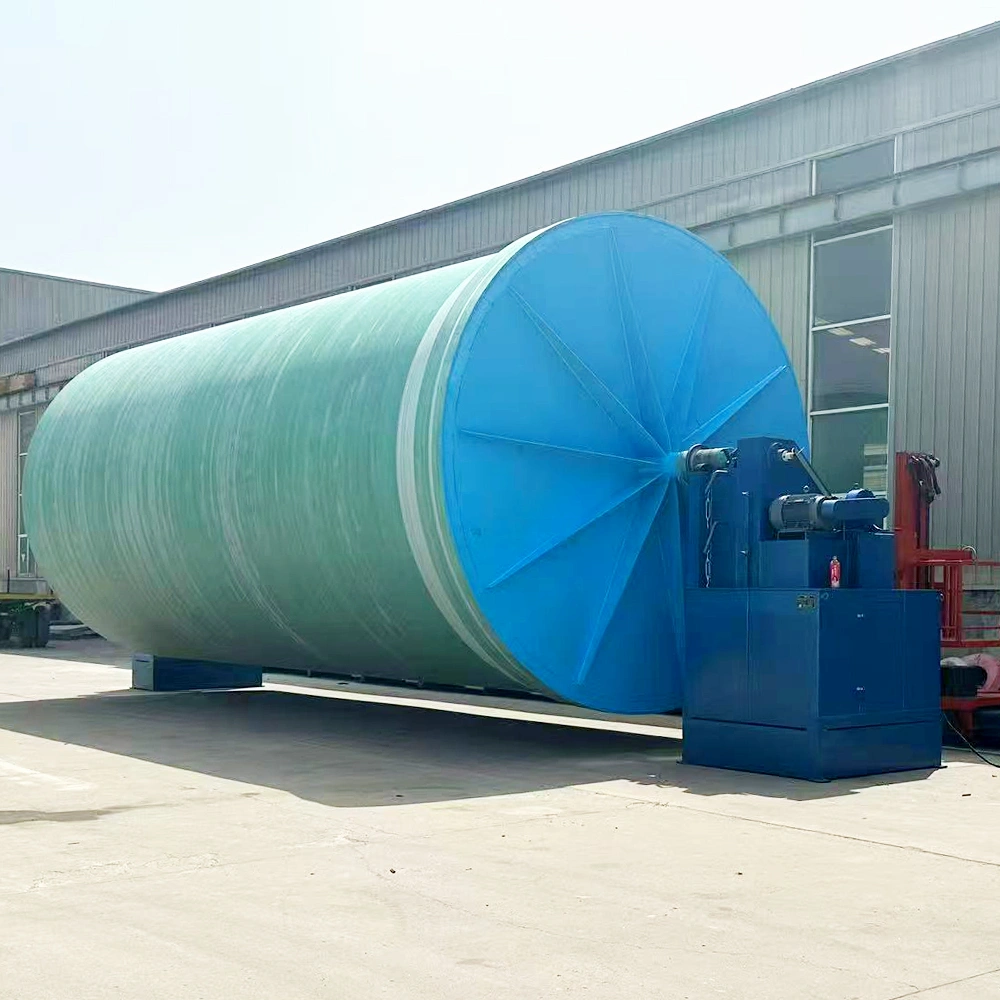Understanding FRP Filament Winding Machines
What is an FRP Filament Winding Machine?
An FRP filament winding machine is sophisticated equipment. It manufactures fiber-reinforced plastic (FRP) products. The machine winds resin-soaked fibers around a rotating mandrel. This follows specific patterns to create strong, lightweight composite structures. The process ensures precise fiber alignment. It results in products with excellent mechanical properties and durability.
Key Components of Filament Winding Machines
FRP filament winding machines include several essential parts for smooth operation:
- Mandrel: The core around which fibers are wound.
- Roving Framework: Maintains consistent fiber tension and alignment.
- Resin Supply System: Soaks fibers with resin before winding.
- Winding Trolley: Moves along the mandrel to place fibers accurately.
- Control System: Computer-controlled for precise operation. It adjusts winding angles and patterns.
For instance, the FW-4000Ⅲ Computer Control Filament Winding Machine uses an industrial control computer. It designs winding linearity automatically, ensuring accuracy and efficiency.
Types of FRP Filament Winding Processes
There are three main filament winding processes:
- Helical Winding: Fibers are wound at an angle. This offers flexible strength distribution.
- Hoop Winding: Fibers are wound circumferentially. This maximizes hoop strength.
- Polar Winding: Fibers are applied longitudinally across poles. It suits spherical or cylindrical shapes.
Each method meets specific structural needs.
Applications of FRP Filament Winding Machines in Industry
Use in Aerospace Manufacturing
Aircraft Fuselages and Motor Cases
In aerospace, reducing weight while maintaining strength is vital. FRP filament winding machines produce aircraft fuselages and motor cases. They create lightweight, durable components.
Role in Automotive Industry
Lightweight and Durable Vehicle Parts
Automotive manufacturers use these machines for lightweight parts. Examples include drive shafts and pressure vessels. These enhance fuel efficiency while upholding safety standards.
Applications in Energy Sector
Wind Turbine Components and Gas Cylinders
The energy sector benefits from filament-wound components. Wind turbine blades and gas cylinders show exceptional stiffness and reduced weight. These traits improve performance and efficiency.
Use in Construction and Infrastructure
Pipes, Tanks, and Structural Components
FRP pipes, tanks, and structural components are common in construction. They offer corrosion resistance and cost-effectiveness. The QFW-4000VI RPM Pipe Production Line adds mortar during winding. This increases stiffness and cuts costs by up to 40% compared to traditional methods.
Advantages of Using FRP Filament Winding Machines
High Precision and Efficiency in Production
Modern filament winding machines use advanced control systems. These ensure high precision in production. For example, the FW-300 Twin Shaft Computer Control Cable Casing Production Line offers a user-friendly interface. Operators can adjust working conditions easily.
Cost-effectiveness and Material Optimization
The automated process reduces material waste. It optimizes resource use. Features like double sand-adding cloth devices ensure efficient resin impregnation. This maintains product quality.
Durability and Strength of Finished Products
Products from filament winding machines are highly durable. Precise fiber alignment enhances strength. This makes them ideal for demanding applications across industries.
Aoliande and Its Product Range in the Filament Winding Industry
Introduction to Aoliande as a Leading Manufacturer
Aoliande is a key player in the filament winding industry. It is known for advanced FRP filament winding machines. The company produces high-quality equipment for diverse industrial needs. It focuses on precision, efficiency, and durability. Aoliande emphasizes innovation and customer satisfaction. Its product range meets the needs of the aerospace, automotive, construction, and energy sectors.
Overview of Aoliande’s FRP Filament Winding Machines
Aoliande offers a wide range of FRP filament winding machines. These are designed with cutting-edge technology. They produce fiber-reinforced plastic products with superior mechanical properties.
Features and Specifications of Aoliande Products
Aoliande’s machines feature advanced components for high performance. The FW-4000Ⅲ Computer Control Filament Winding Machine includes a Siemens transducer, servo system, and photoelectrical encoder. It uses an industrial control computer from Yanhua Corporation in Taiwan. The interface displays Chinese ideograph chrominance and is easy to operate. The machine supports diameters from DN600 to DN4000mm, a maximum length of 12000mm, and a productivity rate of 500kg/h.
The QFW-4000VI RPM Pipe Production Line has six parts: an inner layer manufacturing machine, a computer-controlled mortar-winding machine, a curing station, a repairing machine, a mold unloading machine, and a resin mix station. It uses Taiwan’s STD industrial control computer. This designs winding linearity automatically based on input parameters. Pipes from this line reduce costs by up to 40% compared to standard FRP pipes. They also improve stiffness significantly.
The FW-300 Twin Shaft Computer Control Cable Casing Production Line is another example. It features user-friendly controls in Chinese. The machine uses self-developed winding software. It ensures precise fiber alignment. It offers hand control, semi-automatic operation, automatic adjustments, emergency braking, and stepless speed regulation.
Customization Options for Industrial Needs
Aoliande recognizes diverse industry requirements. It offers customization across its product range. For example:
- The VFW-25000 Computer Control Vertical Site Winding Machine suits site-specific applications. It produces large-diameter FRP tanks for chemical industries, with diameters from 4m to 25m.
- The MC-2500 FRP Mandrels Processing Lathe addresses large-diameter pipe production challenges. It uses a combined steel-FRP structure for mandrels. This simplifies production and reduces costs.
- The hydraulic FRP pultrusion production line supports varied cross-sectional profiles, like I-beams and square tubes.
These customization options align equipment with client-specific goals. For further inquiries or assistance regarding FRP filament winding production equipment: WhatsApp: +86-13363884492 Email: belen@aldfrp.com.
FAQ
Q: What is an FRP filament winding machine used for?
A: It produces fiber-reinforced plastic products. Examples include pipes, tanks, wind turbine blades, gas cylinders, and aerospace components.
Q: What are the main advantages of using filament winding technology?
A: Advantages include high precision, cost-effectiveness, material optimization, durability, and lightweight, strong structures.
Q: Which industries benefit most from filament-wound products?
A: Aerospace, automotive, energy (wind turbines), construction (pipes/tanks), and petrochemical sectors benefit significantly.
Q: How does computer control improve filament winding processes?
A: It automates parameters like tension force, winding angle, and speed. This ensures precise fiber alignment and consistent product quality.
Q: What materials can be processed with these machines?
A: Glass fiber roving impregnated with resin is commonly used. This creates robust composite structures for various applications.








